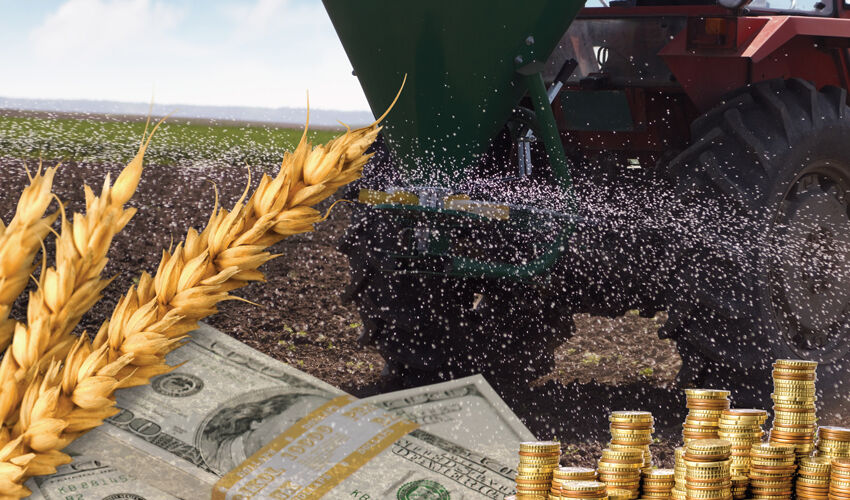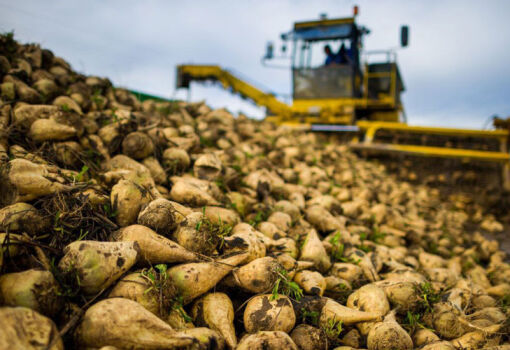
So far, the global “food front” is keeping demand for meat (beef, primarily) high in the US and some of the other “rich economies” of the world – due to low inventories. However, inventories are being actively replenished. Exchange quotations for oil are falling. The process of cheapening of energy resources, in turn, puts pressure on the price level of mineral fertilizers, the production of which is firmly tied to energy resources as a raw material (and the cost of production is lower – the supply prices of finished products are also lower).
At the moment, the mineral (nitrogen, first of all) fertilizer market is “kept from falling” by expectations of the results of the tender held on October 15 for the purchase of 2 million tons of urea by India. The results of the auction will not be available until Monday next week. However, fertilizer producers’ expectations are not optimistic, as prices for key nitrogen fertilizers have almost universally fallen below $400/t (FOB).
At first glance, cheaper crude oil/oil products seem to be leading to lower transportation logistics costs. Market operators claim that cargo transportation tariffs on Giurgiulesti-Constanza route have already decreased by 8-10%. Potential reduction of prices for basic mineral fertilizers for farmers is also “in the box office”. However, upon closer examination, the “farmers’ margin” has been eaten up by low prices for agricultural products before, and this fall, it seems that the process will not slow down, at least.
Operators of the Moldovan market of fertilizers and means of plant growth stimulation note that at the end of the first half of 2025 the supply of nitrogen fertilizers to the country has decreased by dozens of percent. Rapeseed crops, under which a significant amount of basic fertilizers are applied from summer-autumn, have expanded in the country. But the demand for fertilizers has not increased. In October in Moldova, farmers will still sow winter wheat, but its feeding is traditionally postponed to spring – when it becomes clear whether the crops have wintered well, whether they have potential. Whether it is worth feeding them or “it is more expensive”.
In 2025, according to expert estimates, about 164 thousand tons of mineral fertilizers were imported to Moldova – about 20 thousand tons less than in the previous year. It may happen that 2025 will be the second consecutive year of decline in the capacity of this market.








